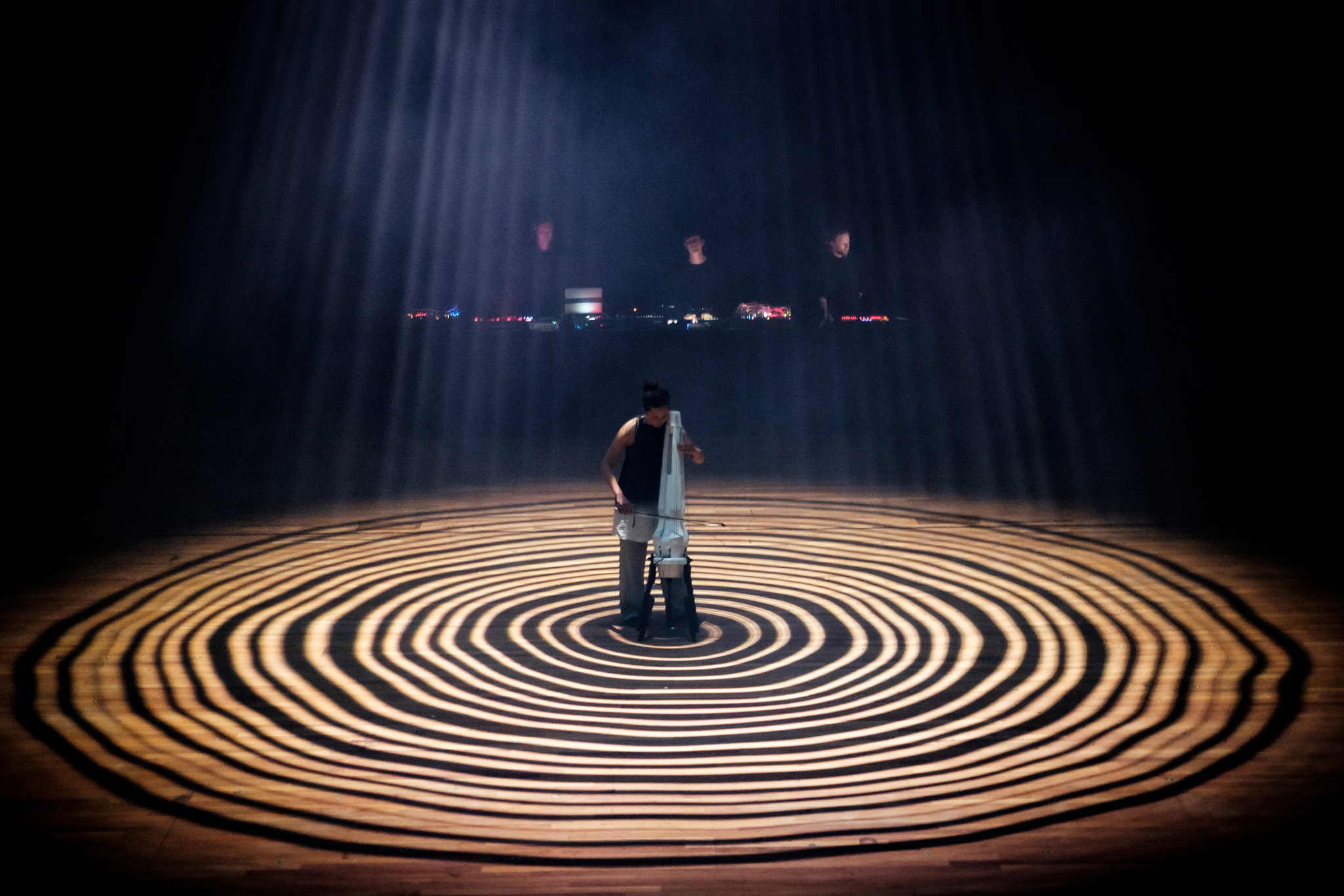It is always hard to be fair to your own memories, how to choose the one that pushed the first trigger of a story. With the intention of being fair, I can only say that the project of building Knurl started by confronting daily frustrations as a musician.
Knurl’s existence was a gradual decision for the past 5 years of my life as a musician in Europe. It could be theoretically defended by multiple personal interests and reasons, such as microtonality, 3D printing, hybrid instruments, self-contained [3] as well as other areas of interest. Undoubtedly, I have had many adventures with ideas that touch upon these themes. However, I would rather be honest in the beginning by saying that the real reason for persisting to develop its design was simply to make my test experience more integrative and meaningful to me. I am a musician with a background in composition, performance, conducting, creative programming and electronics and at a certain point of my career, I wanted to merge those skills and perspectives into one single and integrative practice. I wanted to make music creation become an exercise for conducting, cello performance , programming, an exercise for my body, an exploration of a music theory, a perception class and a white blank page where new ways of expression could be drafted and investigated.
Inspired and accepting my diverse background as a special quality, the appreciation and respect for different mindsets in music became a meaningful topic in my music and personal development. The investigation of strategies for an integrative and diverse approach towards music making became a reflection of this personal search. Knowing that “every voice or instrument in a music composition should behave as if it represents a character of a story, having its own rules and qualities to share into a global scenario” (Yampolschi, 2011), I am inspired to explore artistically the combination of different rules into voice polyphony, where each voice layer/instrument has its own rules and demands. Along each iteration, Knurl became a conceptual model based on the investigation of diverse voice control as an instrument-inspired gestural controller. Since the application of electronic music to my creative practice, I started to notice the lack of interfaces allowing a diverse range and different interpretation of voice control, voices that could be obeying different rules while played at the same time.
But growed in an old education system, the aspiration about diversity thinking and the valorization of a wide range of skills in music practice was not reachable and encouraged in the beginning of my studies. For a long time, I found it frustrating the process of traditional composition, instrumental performance and conducting. For me, music creation was always more a fluid process of integrative design and structure iteration. Paraphrasing the words of Maxfeld (1963), it can be considered as a design of circuits. But the longer I studied composition in the conservatory, the further I came to encounter a dynamic process of creativity and design. The way I was stimulated to compose was to sit at the table for hours and hours, without having experienced my idea multiple times, in multiple ways and scenarios. I wanted to be able to play my own music in order to share with other musicians. I wanted to accelerate the process of production but also deeply understand its process of construction.
In my own belief, to develop a good idea is a matter of qualifying your process of testing. It is to collapse prototypes, one after another and collect as much feedback and evaluation as possible. The method I found more comfortable to express myself and a diverse way of thinking about music was to compose new sounds during thousands of its iterative cycles as a meaningful experience into my personal life. Composing with joints, with my body, within a space, for a specific public and as a physical source, would allow me to overcome those questions by a meaningful and enjoyable process.
I aimed to build Knurl with 3 other students of the conservatory in 2018. We wanted to form an electric cello string quartet but each of those students (Raphael Dieskau, Max Smith and Marcela) followed their own direction and artistic paths. My first Knurl was built at the wood workshop in KABK with the supervision of Sabine Garea, one the instructors of the facility. I gradually experienced the process of making a cello in other workshops using different materials, like ceramic or metal. After some trials I found the 3dLab very suitable for my lifestyle as a musician: While the 3d printer was building my ideas I could practice my old instrument. The first prototype of Knurl was finished at the end of the academic year in 2019. In this master, I kept improving my skills on 3D modelling and 3D printing, iterating several prototypes in the course of its development.

